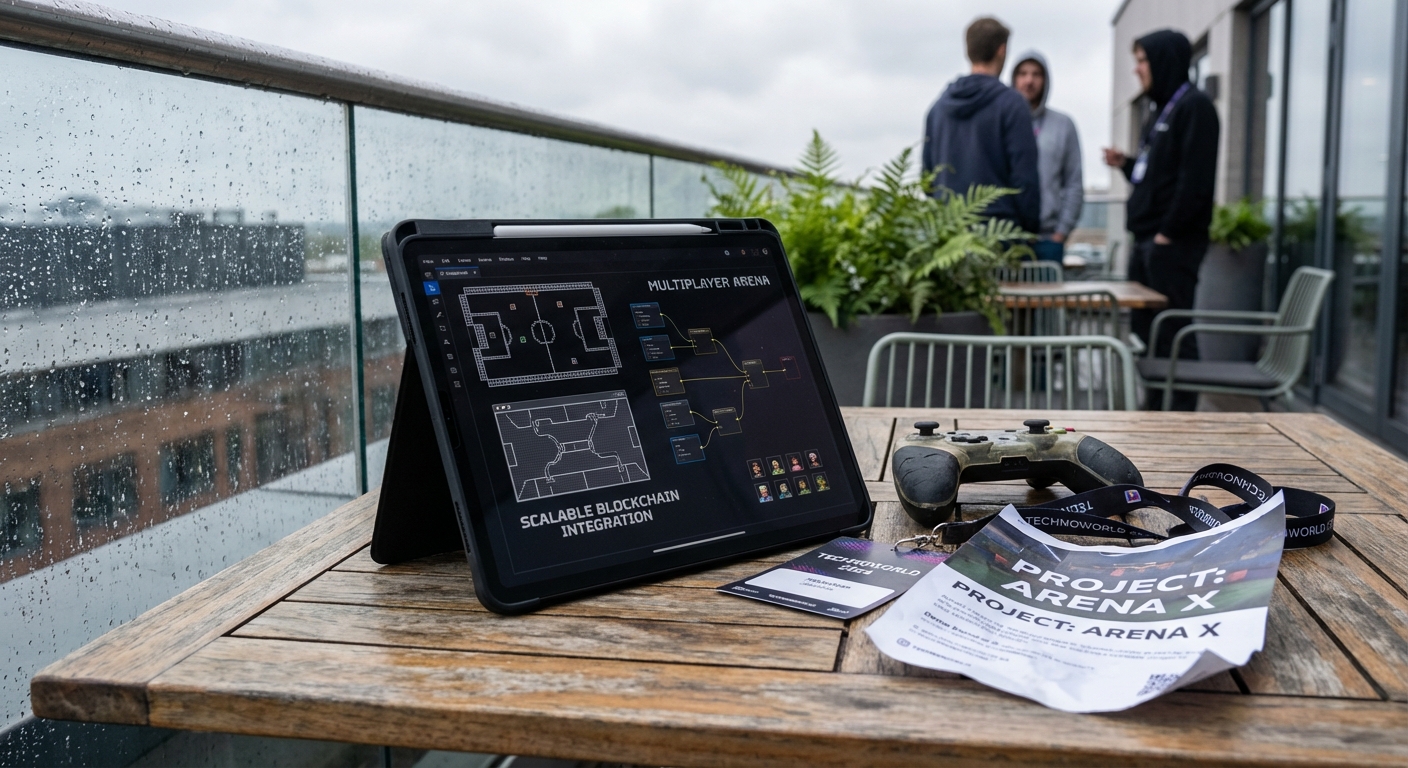How Addicted is Pushing Fully On-Chain Game Design on Solana: Schedule 1 Rebuilt
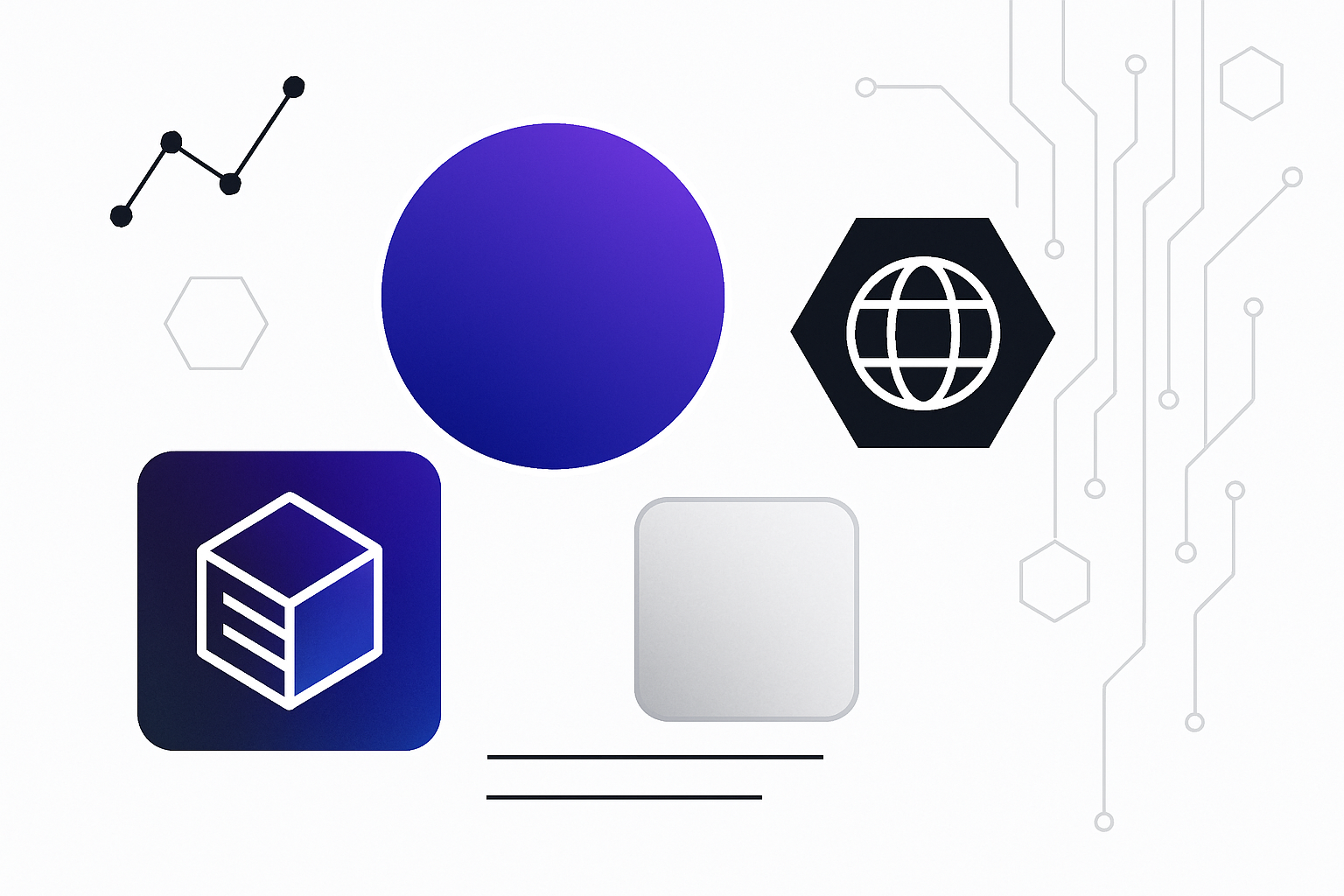
Addicted is shaking up the fully on-chain gaming landscape on Solana, and it’s not subtle about it. Developed by Pandemic Labs, Addicted. fun is a cannabis farming simulator where players pay 0.5 SOL (about $110 at launch) to build, upgrade, and compete for dominance while earning the in-game WEED token. The game’s rapid ascent, controversial mechanics, and viral appeal are forcing the industry to reckon with what’s possible – and what’s risky – when you push on-chain design to its limits.

Schedule 1 Rebuilt: From Indie Sensation to On-Chain Experiment
Let’s be clear: Addicted. fun didn’t spring from nowhere. It’s openly inspired by Schedule I, the viral drug-dealing indie game that exploded on Steam. But instead of just copying the formula, Pandemic Labs rebuilt it as a fully on-chain experience, leveraging Solana’s speed and low fees. The result is a game that’s not just about farming digital weed, but about owning every action, asset, and reward on the blockchain.
The core loop is deceptively simple: buy a pack, plant seeds, harvest, and sell for WEED tokens. But under the hood, every transaction is on-chain, from seed pack purchases to farm upgrades and reward emissions. This means total transparency – you can audit the supply, track emissions, and see every upgrade in real time. The game’s tokenomics, modeled after halving events familiar to crypto natives, create a deflationary pressure that’s designed to reward early adopters – and that’s where things get spicy.
WEED Token Mania: $80 Million Peak, $15 Million Reality
Within 36 hours of launch, Addicted’s WEED token hit a staggering $80 million market cap. FOMO was real, and over 25,000 players piled in, buying 113,000 packs and upgrading 4,762 farms. But in classic on-chain fashion, the euphoria was short-lived. As of now, WEED has retraced sharply, settling at a $15 million market cap. This kind of volatility is the double-edged sword of on-chain play-to-earn mechanics: fortunes can be made or wiped out in hours, and only the fastest – or most disciplined – survive.
Key Stats & Milestones from Addicted.fun’s Launch
-
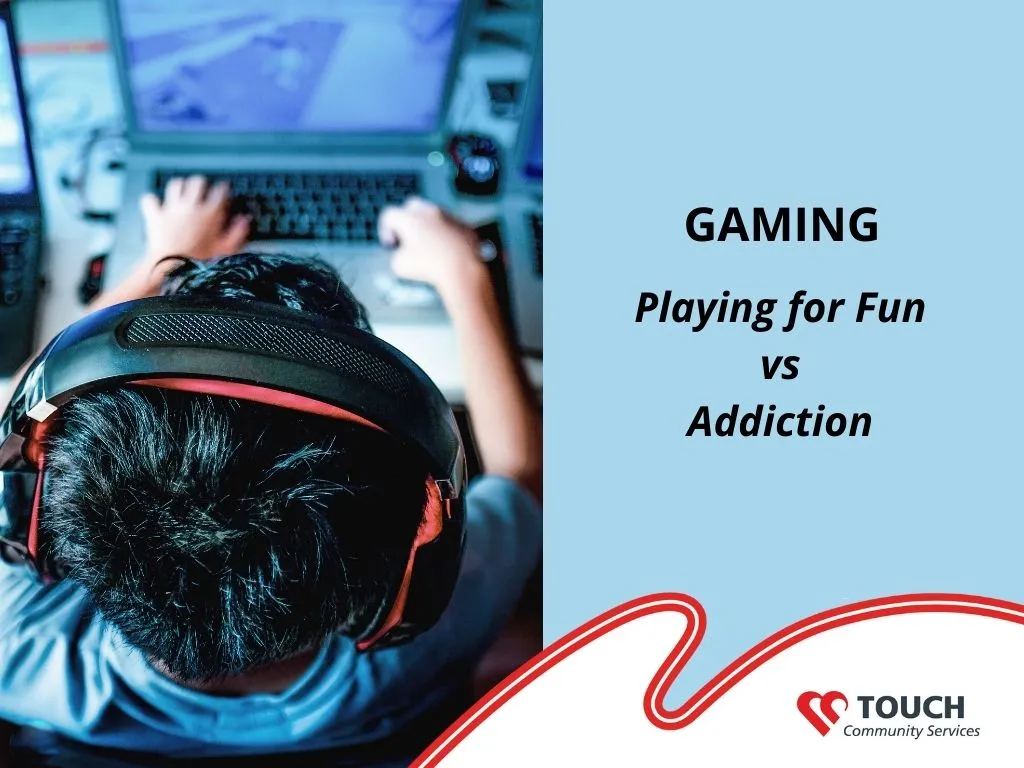
Over 25,000 players joined Addicted.fun within days of launch, driving rapid growth and on-chain activity.
-
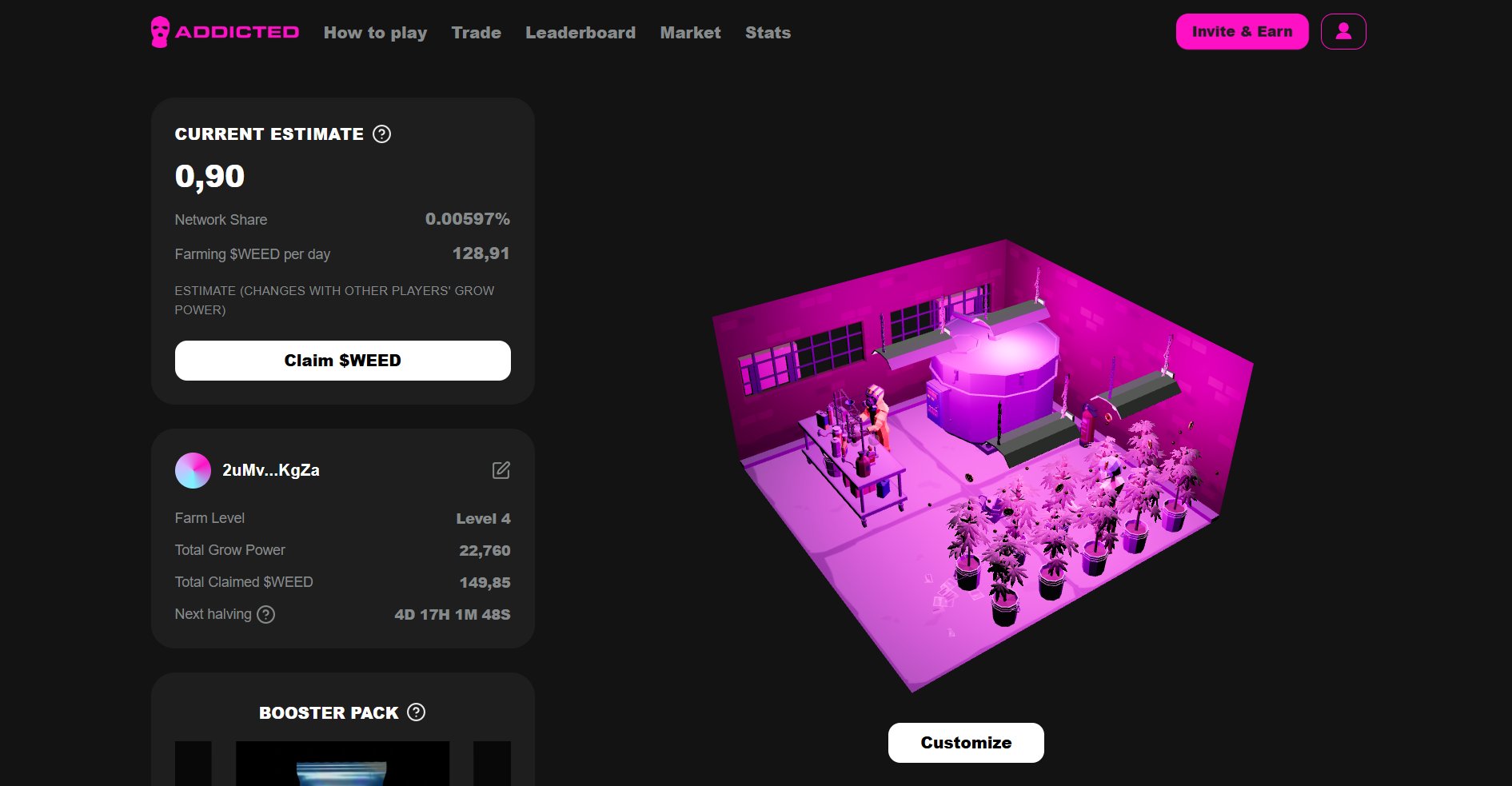
WEED token market cap peaked at $80 million in the first 36 hours, before declining to around $15 million as of the latest data.
-
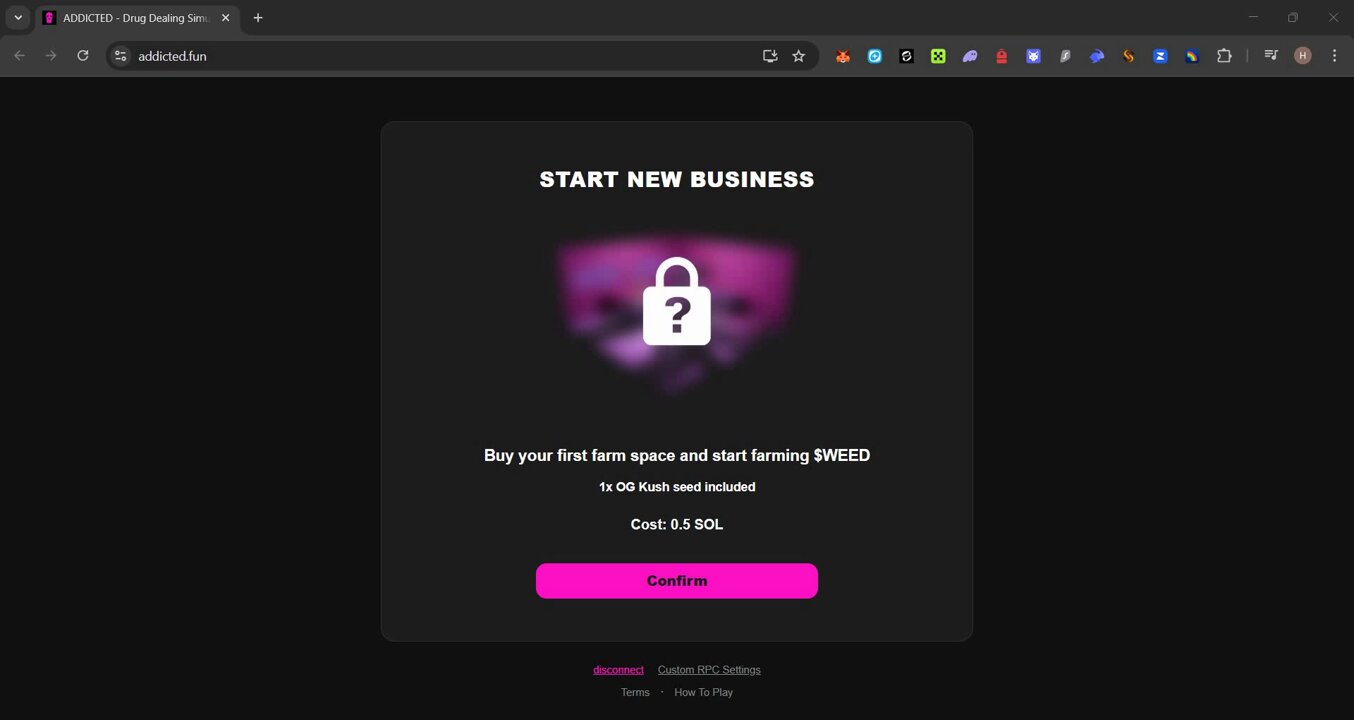
113,000 seed packs sold since launch, fueling the in-game economy and player progression.
-

4,762 farm upgrades purchased by players, highlighting engagement with the game’s core mechanics.
-
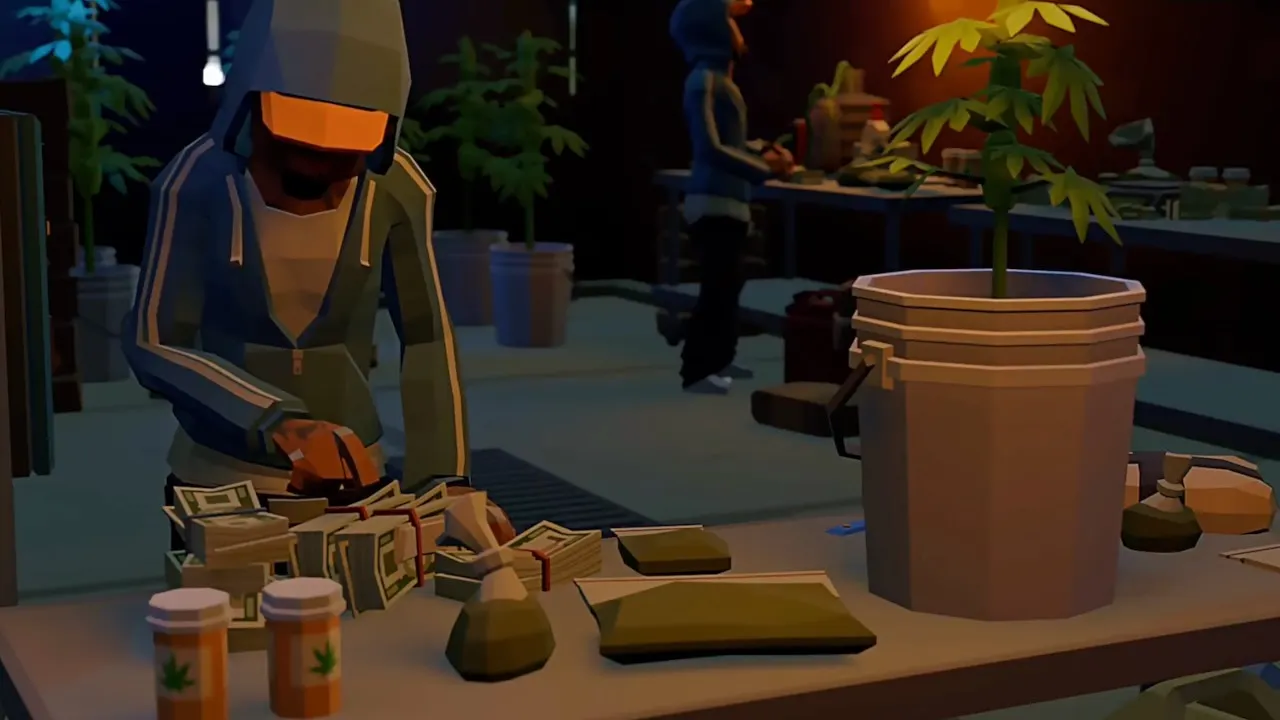
Initial buy-in set at 0.5 SOL (≈$110) per player, establishing a significant entry cost for new participants.
-

Reward emissions halve periodically to maintain token scarcity and incentivize early participation.
-

Pandemic Labs plans to launch “cartel wars” and expand into a narcos MMO, aiming to boost long-term engagement.
Is it sustainable? The honest answer: not yet. The game’s structure has drawn comparisons to Ponzi schemes, where early players benefit the most and long-term viability depends on constant inflows of new users. Pandemic Labs isn’t blind to this criticism. Their response: double down on innovation. “Cartel wars” and MMO elements are on the roadmap, aiming to transform Addicted from a speculative farming sim into a persistent, evolving narco-empire with real PvP stakes.
Fully On-Chain Design: The Solana Advantage
Addicted. fun is more than a meme. It’s a case study in fully on-chain gaming on Solana. Every action, asset, and reward is verifiable and permissionless. This isn’t just about decentralization for its own sake – it’s about creating games that can’t be rugged, censored, or manipulated by a central authority. In an industry plagued by rug pulls and opaque economies, that’s a big deal.
But this transparency also exposes the game’s economic fragility. When token emissions halve and new players dry up, the model strains under its own weight. The challenge for Addicted – and for the next wave of Solana games – is to build systems that reward both early risk-takers and long-term players, without collapsing under the pressure of their own tokenomics.
What sets Addicted. fun apart from earlier crypto farming games is its unapologetic transparency and relentless pace. The entire economy is on-chain, visible, and auditable by anyone with a Solana wallet. This open design makes it impossible to hide behind closed databases or shadowy admin controls. Players know exactly how many WEED tokens exist, who owns what, and when the next halving event will hit. It’s a double-edged sword: the same openness that builds trust also means every flaw and exploit is instantly visible and ruthlessly capitalized on by sharp players.
For developers, Addicted’s explosive launch is a blueprint and a warning. If you want viral growth, you need frictionless onboarding, immediate rewards, and a meme-worthy theme. But if your economy can’t withstand the inevitable dump, it’s game over. Pandemic Labs is betting that new gameplay layers, like cartel battles and MMO-style territory control, will keep players engaged after the initial gold rush. Whether those features arrive in time to save the ecosystem remains to be seen.
Lessons for Fully On-Chain Game Builders: Speed, Scarcity, and Sustainability
The rise and retrace of Addicted. fun’s WEED token is a crash course in on-chain game market dynamics. When a token spikes from $0 to an $80 million market cap before settling at $15 million, you’re seeing pure market psychology at work. Early entrants are rewarded, latecomers pay the price, and only the most disciplined survive. Speed and discipline win the race: a lesson that applies to both players and developers in this new era of fully on-chain gaming.
Still, the project’s willingness to experiment with tokenomics, reward structures, and future PvP features is exactly what the Solana ecosystem needs. Even if Addicted ultimately flames out, it’s forcing everyone to rethink what’s possible when you rebuild viral indie hits like Schedule 1 as transparent, permissionless, on-chain economies. The next wave of Solana games will either learn from these mistakes or repeat them faster, at a bigger scale.
Key Lessons for On-Chain Game Devs from Addicted.fun’s Launch
-
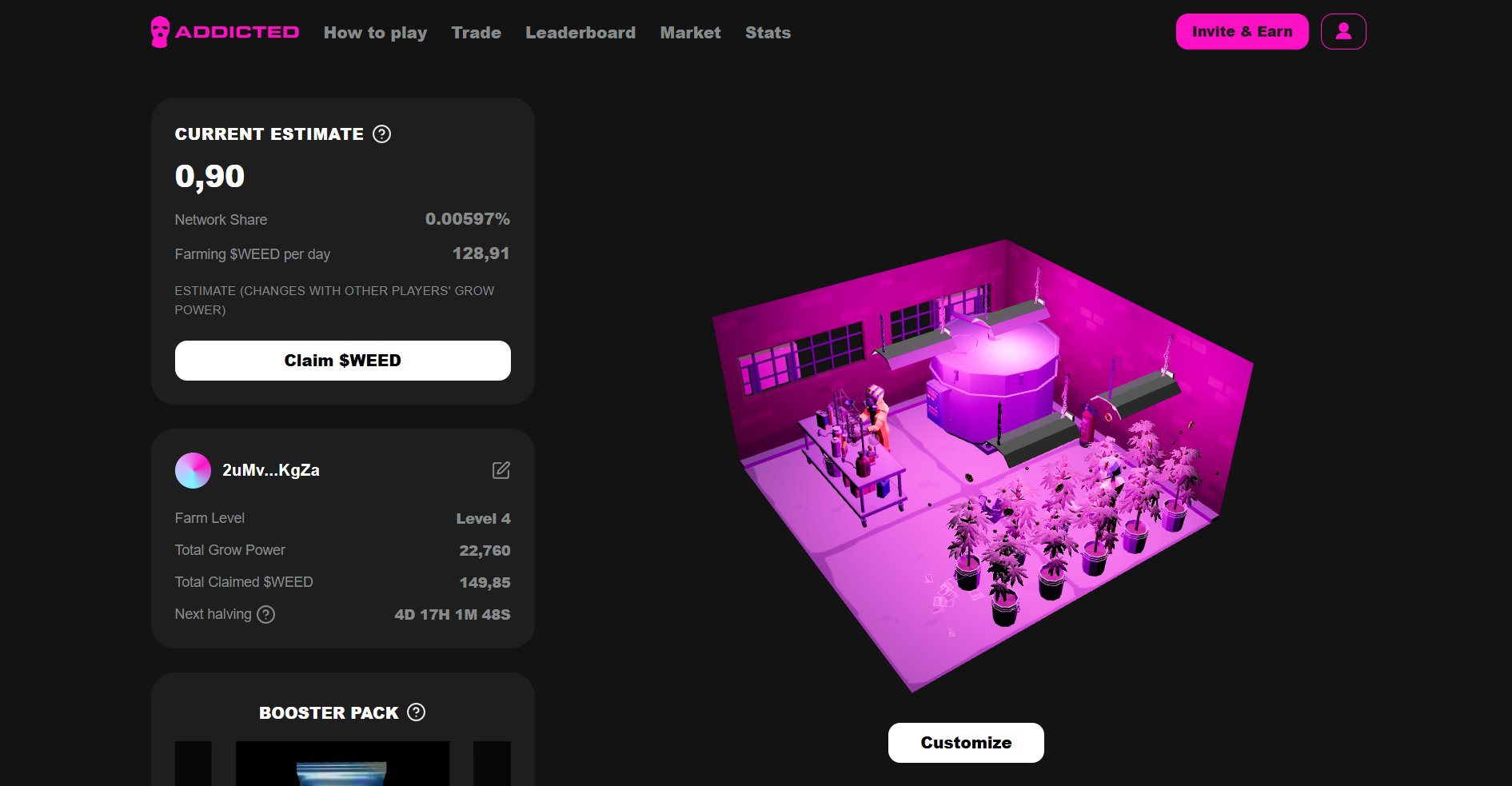
Rapid User Growth Is Possible—But Volatile: Addicted.fun drew over 25,000 players in days, showing strong demand for novel on-chain games. However, sustaining engagement requires more than initial hype.
-
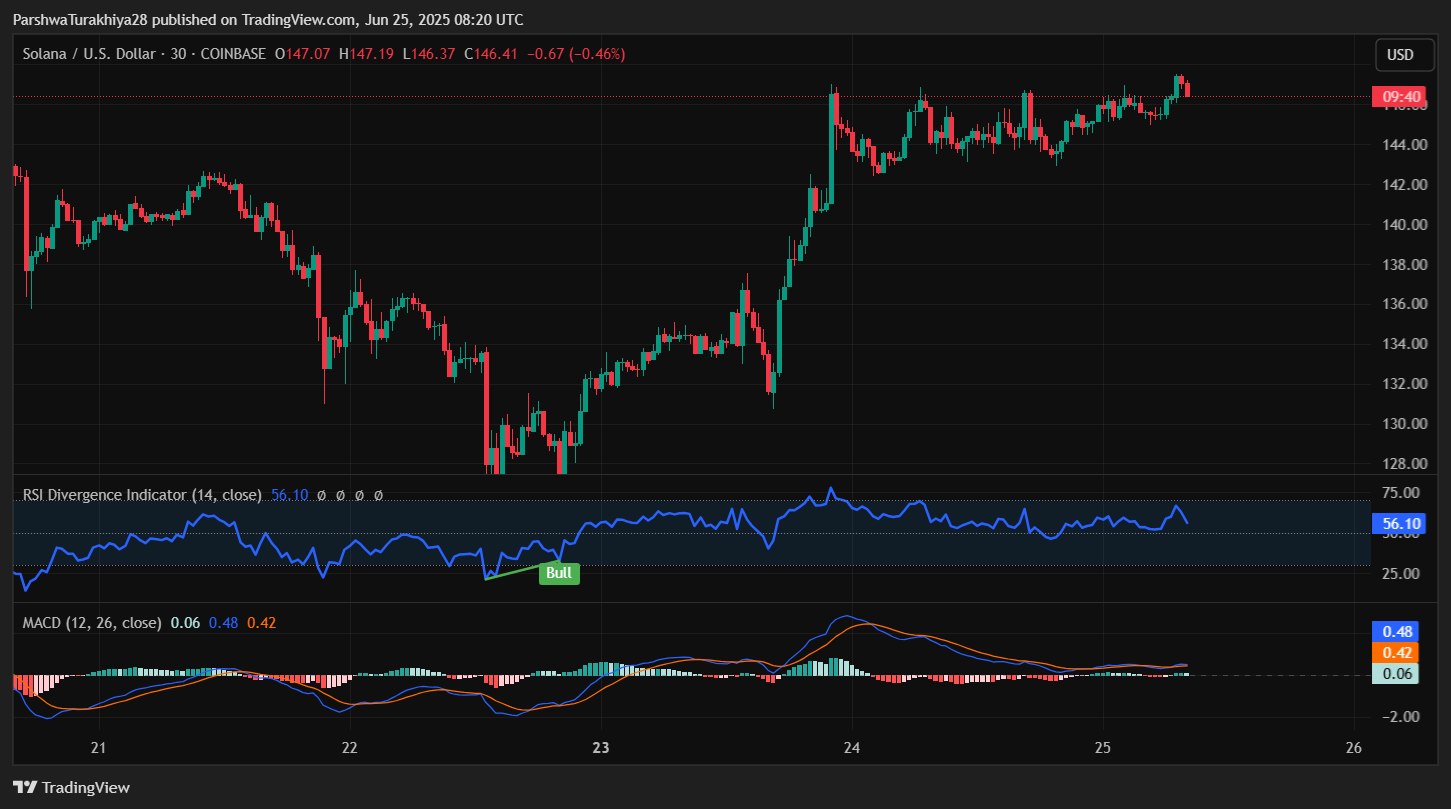
Tokenomics Must Balance Scarcity and Sustainability: The WEED token peaked at a $80 million market cap within 36 hours, then dropped to $15 million. Emission halving helps manage scarcity, but developer planning for long-term value is critical.
-

On-Chain Transparency Drives Trust—and Scrutiny: Fully on-chain mechanics make all transactions and economic flows public, increasing transparency but also exposing Ponzi-like structures to community criticism.
-

Continuous Content Is Essential for Retention: Pandemic Labs plans to add “cartel wars” and MMO features to extend gameplay. Without new features, player and token activity can quickly decline.
-
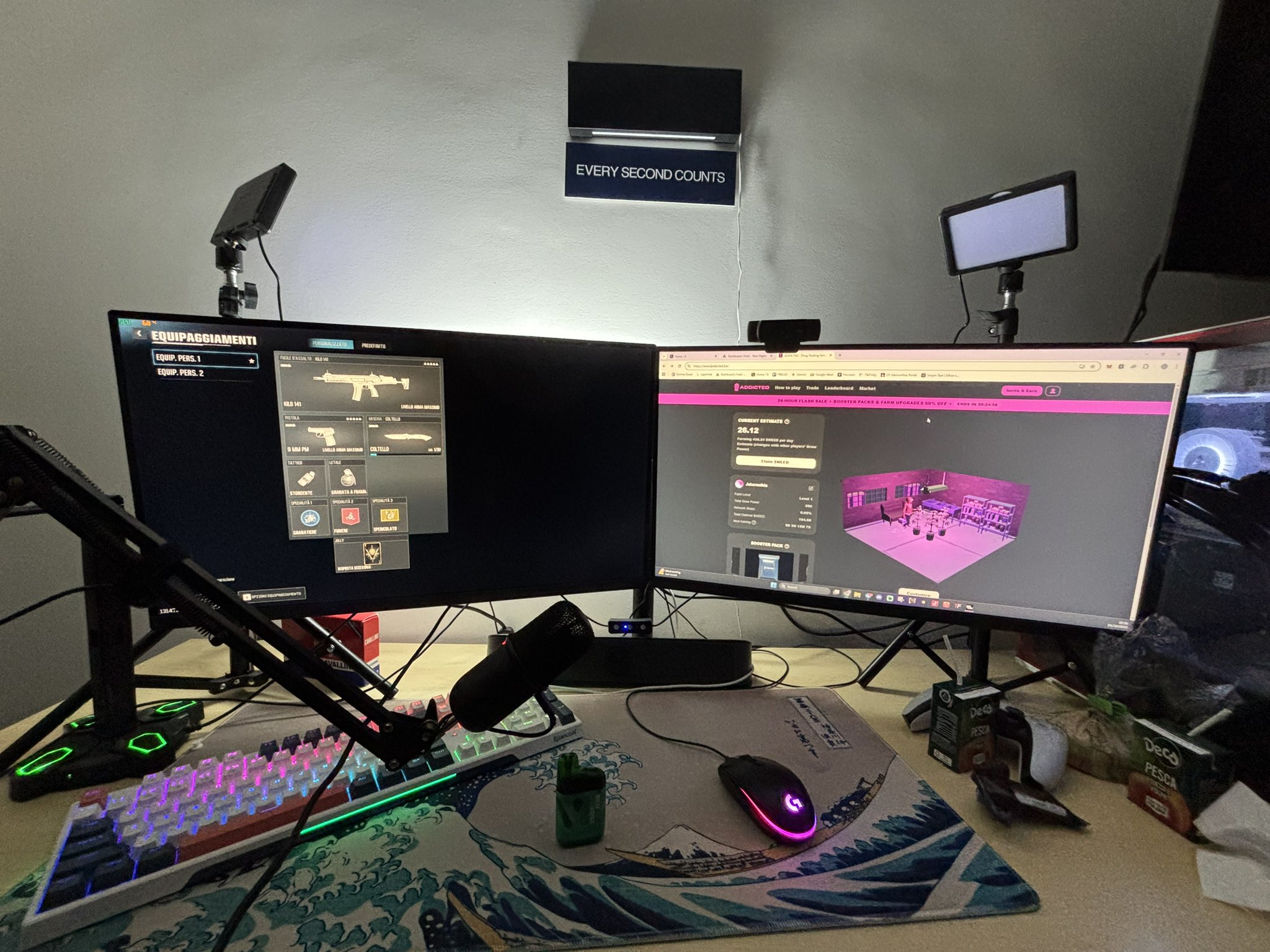
Market Hype Can Outpace Real Value: Initial sales included 113,000 packs and 4,762 farm upgrades, but token value and activity dropped sharply after launch. Sustainable growth depends on real utility, not just speculation.
For players, the message is clear: know the rules, watch the charts, and don’t get high on your own supply. The market moves fast, and fortunes can evaporate just as quickly as they appear. For builders, the experiment isn’t over. The real challenge is to combine viral growth with sustainable systems, something no one in fully on-chain gaming has truly cracked yet.
Want to go deeper? Check out the full breakdown of Addicted. fun’s tokenomics and launch data at GAM3S. GG.




